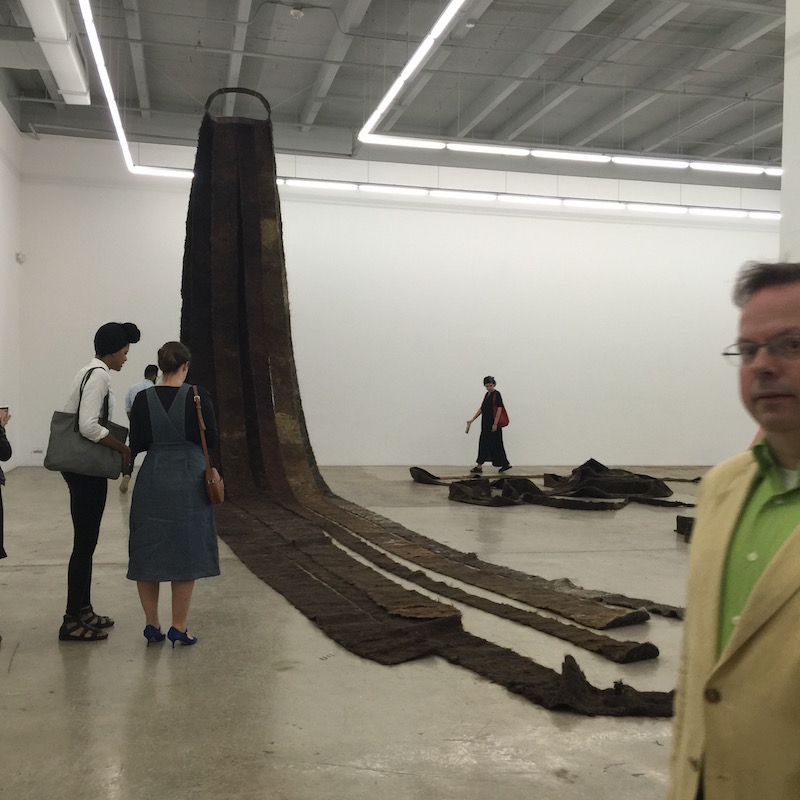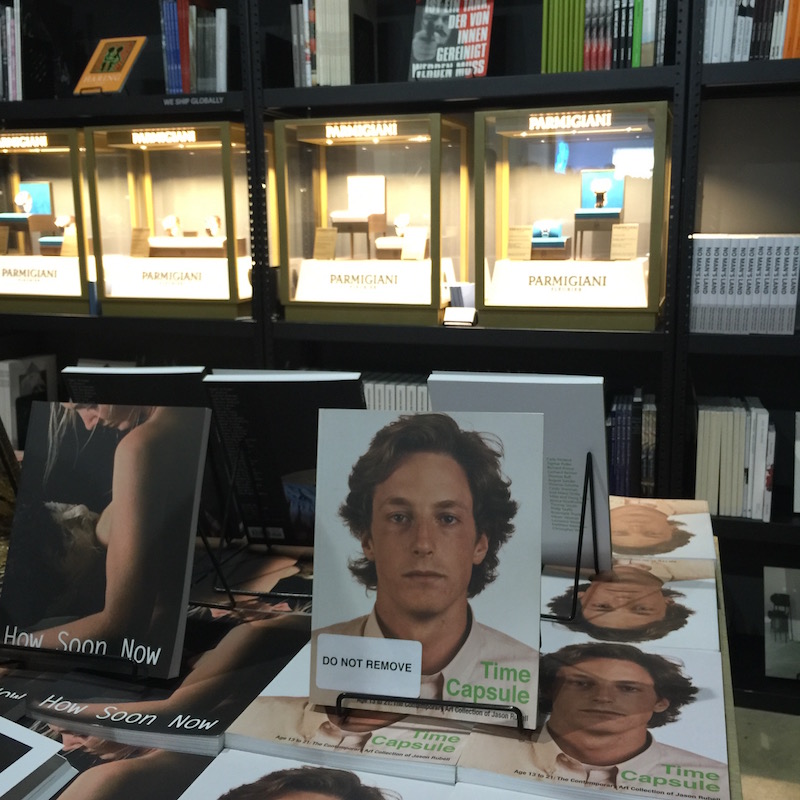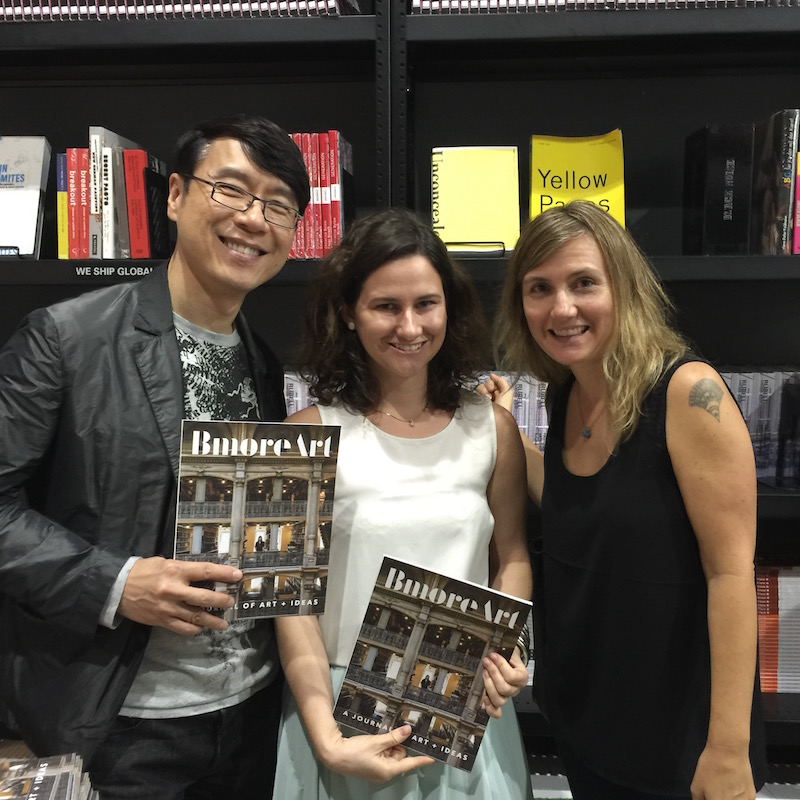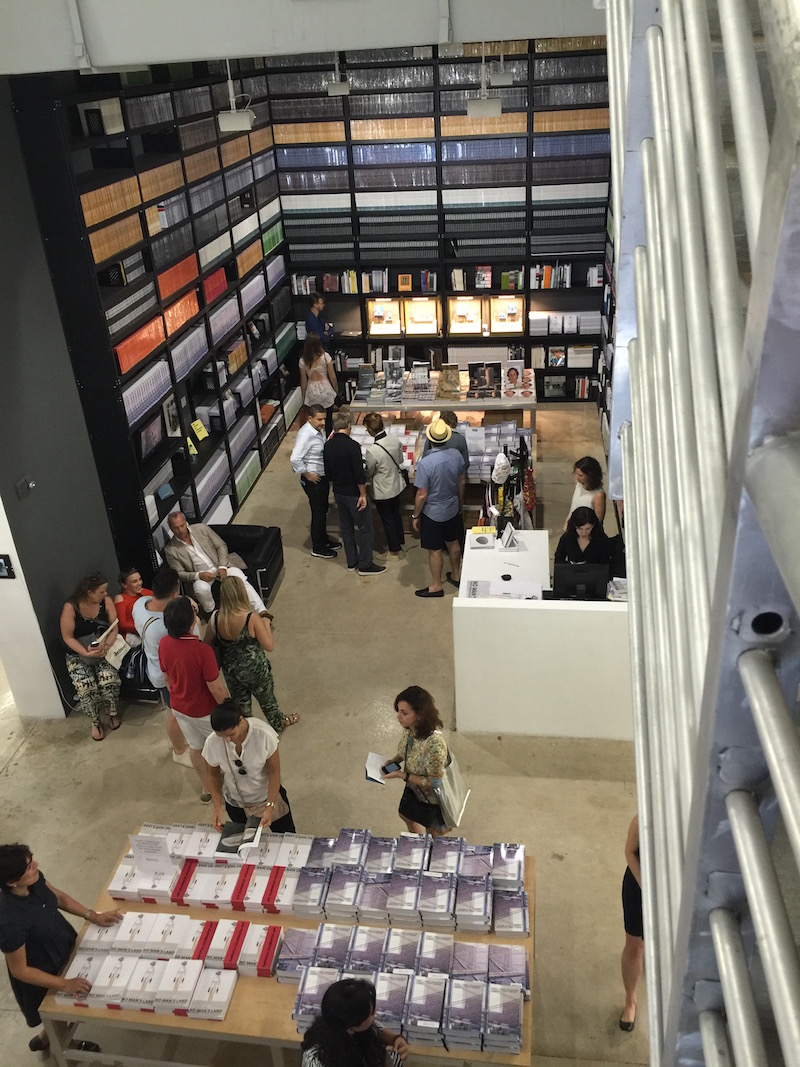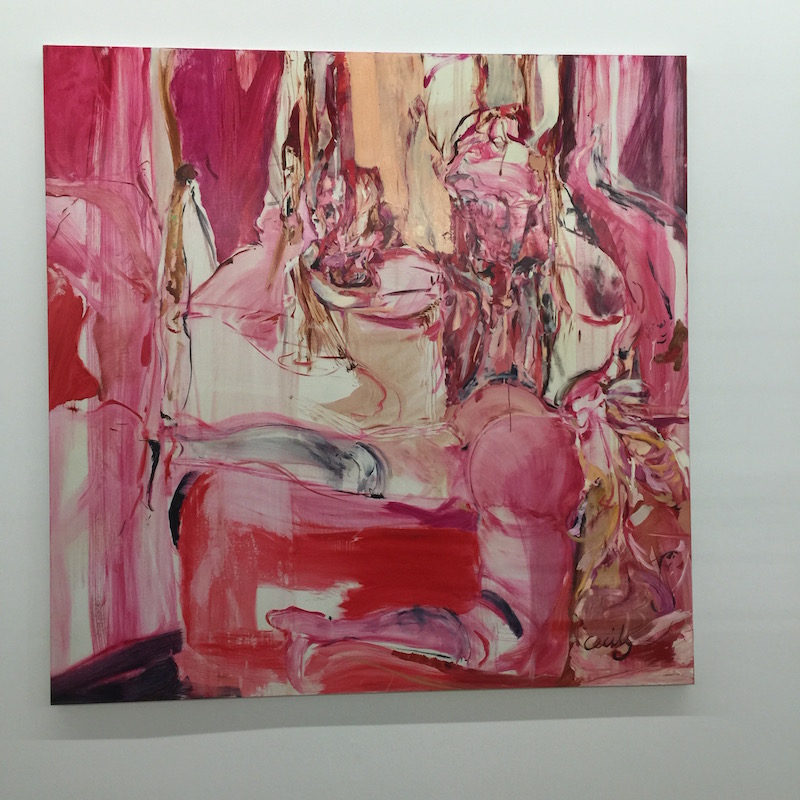The Rubell Family Collection was teeming with hundreds of beautiful people, taking art selfies and eating bread and butter. It was 10 am on Thursday, December 3, during the height of Art Basel Miami Beach week. Who were all these people? They arrived by bus, by car through Miami’s dense traffic, and on foot to check out the Rubell’s newest thematic exhibition No Man’s Land: Women Artists from the Rubell Family Collection.
Visitors lined up to sample hundreds of pounds of freshly cut bread and butter from Jennifer Rubell’s newest food-based art performance, Devotion, sawed by a man drenched in sweat (Alban de Pury, son of Simon) and buttered by a young woman (his fiancee Fanny Karst) who appeared angelic in an ivory dress. There was a giant mound of salt behind her on the stage, so that each visitor could salt their own piece after it was handed to them. It was simple and delicious.
Traveling further into the space, No Man’s Land presents an ambitious cacophony of paintings, large-scale installation, photography, and video.
Giant soft sculpture by Solange Pessoa, in hair and fabric, filled two large downstairs galleries, while a dense group show by the art world’s best known female practitioners like Barbara Kruger, Isa Gentzken, Cady Noland, Janine Antoni, Lisa Yuskavage, Cecily Brown, Elizabeth Peyton, Marlene Dumas, with approximately 100 others from the RFC, filled the rest of the museum.
Besides addressing inequalities in an art world where men completely dominate museum exhibitions around the world, No Man’s Land is an opportunity for an ambitious conversation to evolve. Large scale works filled the show and were mostly given adequate room to breathe, and specific narratives – the female gaze, an obsession with ‘soft’ or organic materials, struggles for identity, and unspoken secrets – influenced one another subtly and reinforced a collective power.
No Man’s Land falls squarely on the shoulders of past RFC curatorial initiatives which appear, at first, obvious, banal and possibly irrelevant (28 Chinese, American Exuberance, 30 Americans) featuring large groups of artists united by terms of country, race, or ethnicity. However, the simplicity in selecting such a large number of artists from the collection allows a great deal of lattitude–both for the participating artists and the viewer–in cross-cultural understanding and empathy.
The broad survey approach, couched within a category that seems obvious at first, actually presents a rich and diverse pool of ideas and approaches where individuals are neither token members of their group nor representatives for others. Paradoxically, by grouping minority and female voices together, the RFC has created opportunities that other exhibition venues have not: to be viewed as a single individual creator, to represent only oneself, while benefitting from a collegial support system.
No Man’s Land proves by its very existence that there is no one kind of female artist. There is no one single thread or thought or idea that links us all together. There were no artists presented who singularly define their practice through a self-identification as female; instead the RFD presents a selection of of highly ambitious and accomplished works by approximately 120 contemporary artists who are shaping the art world and also happen to be women.
Author Cara Ober is the Editor at BmoreArt.
Photos by Cara Ober & Stewart Watson
Devotion, A Performance by Jennifer Rubell
 Jennifer Guidi
Jennifer Guidi
 Suzanne McClelland
Suzanne McClelland
 RH Quaytman
RH Quaytman
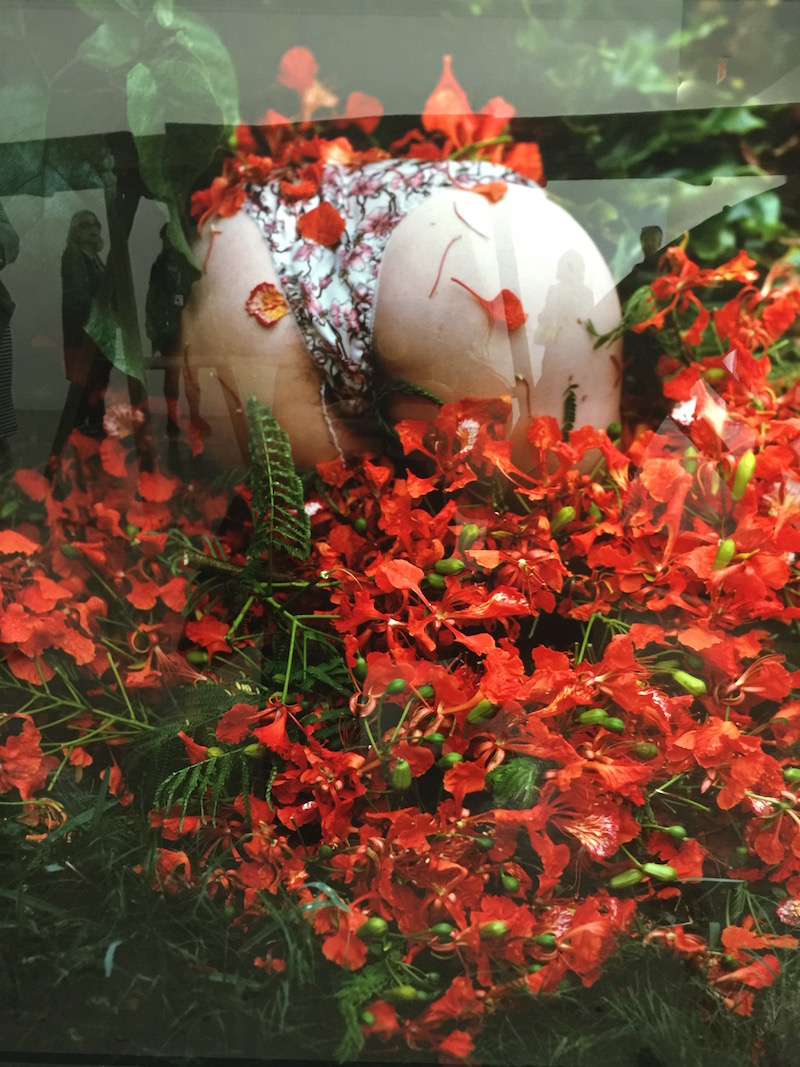 Naomi Fisher
Naomi Fisher

 Natalie Czeh
Natalie Czeh Rachel Harrison
Rachel Harrison

 Marina Rheingantz
Marina Rheingantz
 Jennifer Rubell
Jennifer Rubell


 Sonia Gomes
Sonia Gomes
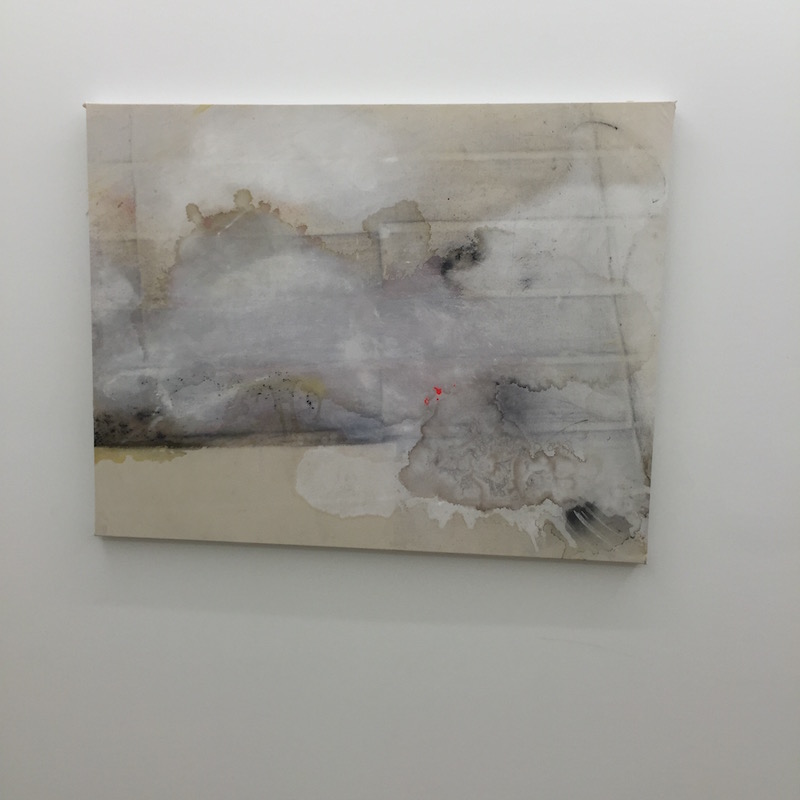 Lucy Dodd
Lucy Dodd
 Katherine Bernhardt
Katherine Bernhardt
 Elizabeth Peyton
Elizabeth Peyton
 Catherine Opie
Catherine Opie
 Janine Antoni
Janine Antoni
 Hay Kahraman
Hay Kahraman
 Cady Noland
Cady Noland


 Miriam Cahn
Miriam Cahn


 Lisa Yuskavage
Lisa Yuskavage
 Stewart Watson & Marlene Dumas
Stewart Watson & Marlene Dumas
 Barbara Kruger
Barbara Kruger
 Anicka Yi
Anicka Yi




 Helen Martin
Helen Martin

 Isa Gentzken
Isa Gentzken
The Rubell Family Collection/Contemporary Arts Foundation is pleased to announce its upcoming exhibition, NO MAN’S LAND: Women Artists from the Rubell Family Collection, on view in Miami from December 2nd, 2015 through May 28th, 2016. This exhibition will focus on and celebrate work made by more than a hundred female artists of different generations, cultures and disciplines. These artists will be represented by paintings, photographs, sculptures and video installations that will entirely occupy the Foundation’s 28-gallery, 45,000-square-foot museum. Some galleries will contain individual presentations while others will present thematic groupings of artists. Several installations have been commissioned specifically for this exhibition.
Photos by Thomas Bowen







 Solange Pessoa
Solange Pessoa